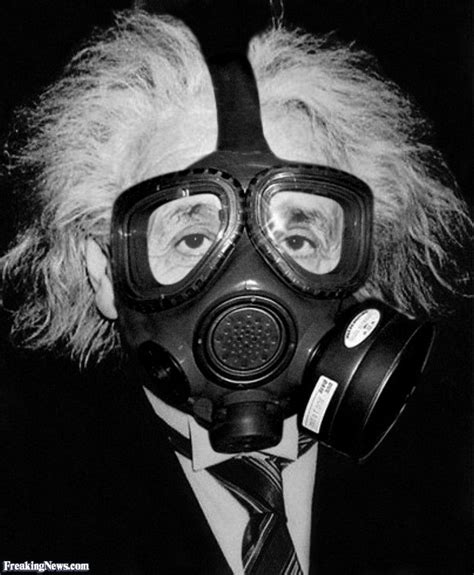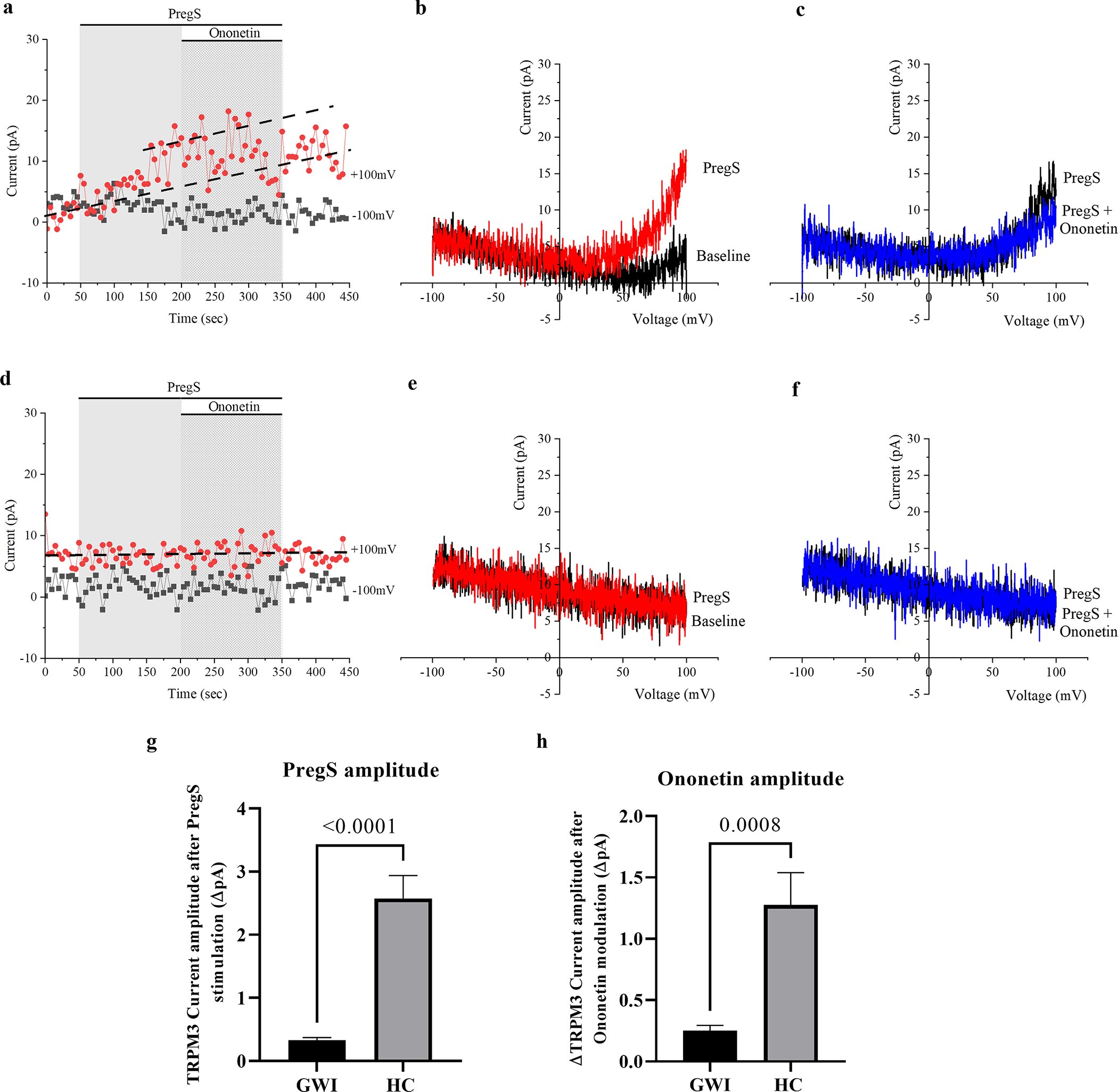In a world-first discovery, Griffith University researchers have discovered that faulty cell function in veterans suffering from Gulf War Illness (GWI), also known as Gulf War Syndrome (GWS), is likely caused by intense exposure to hazardous biological and chemical agents during war service.
The findings from our research provides clear scientific evidence that the health problems experienced by Gulf War veterans can be directly linked to their exposure to specific hazardous agents during their service.
Our study reveals a crucial dysfunction in cell ion channels, specifically the transient receptor potential ion channels, in veterans with GWI.
This discovery is a significant step forward in understanding this baffling and complex illness.
…
Novel characterization of endogenous transient receptor potential melastatin 3 ion channels from Gulf War Illness participants
https://journals.plos.org/plosone/article?id=10.1371/journal.pone.0305704



Friendly exposure. They’re talking about agent orange and other such chemicals. Stuff we throw down while claiming it’s perfectly safe. This has been believed for a long time but it’s been hard to get concrete proof.
Why would we have agent orange in a country without grass, let alone heavy forestation?
“agent orange and other such chemicals”
Please read the whole sentence next time. I’m referring to any number of chemicals we use in warfare. Agent Orange, White Phosphorus, etc. Turns out it’s not “chemical warfare” if you “use it for flares” or to “clear a forest”. Funny thing is, the body doesn’t care why you used it. Agent Orange is traditionally the first time one of these “mystery soldier diseases” appeared. GWS is just the same thing but with a different chemical causing different damage. They’re all chemical exposures.
I think you mean WP, White Phosphorous or Wooly Pete.
There are varying formulas for it, but the problem is that that stuff is very, very widely used as smoke munitions for concealment… while it is also known to be pretty damn toxic to breathe if you are in a confined space with it, or there is a sufficient concentration of it in a windless depression or something like that.
It also burns quite hot upon initial ignition… the video game Spec Ops: The Line is famous for showing an exceedingly realistic depiction of what it does when deployed as a weapon.
It’s really fun when you say “Agent Orange and other chemicals” and someone jumps in to be a know it all and correct you.
I meant what I said. Maybe you should work on your reading comprehension. I purposely brought up a much more well known occurrence of the same thing happening to compare them.
You are reading hostility where there is none. You said other chemicals, so I expanded on that with what I know.
Standard ‘Yes, and!’ kind of thing, adding to a discussion.
You say you use a more well known example, so I added what is a far, far more commonly used chemical which is not widely known to even be a dangerous ‘other chemical’.